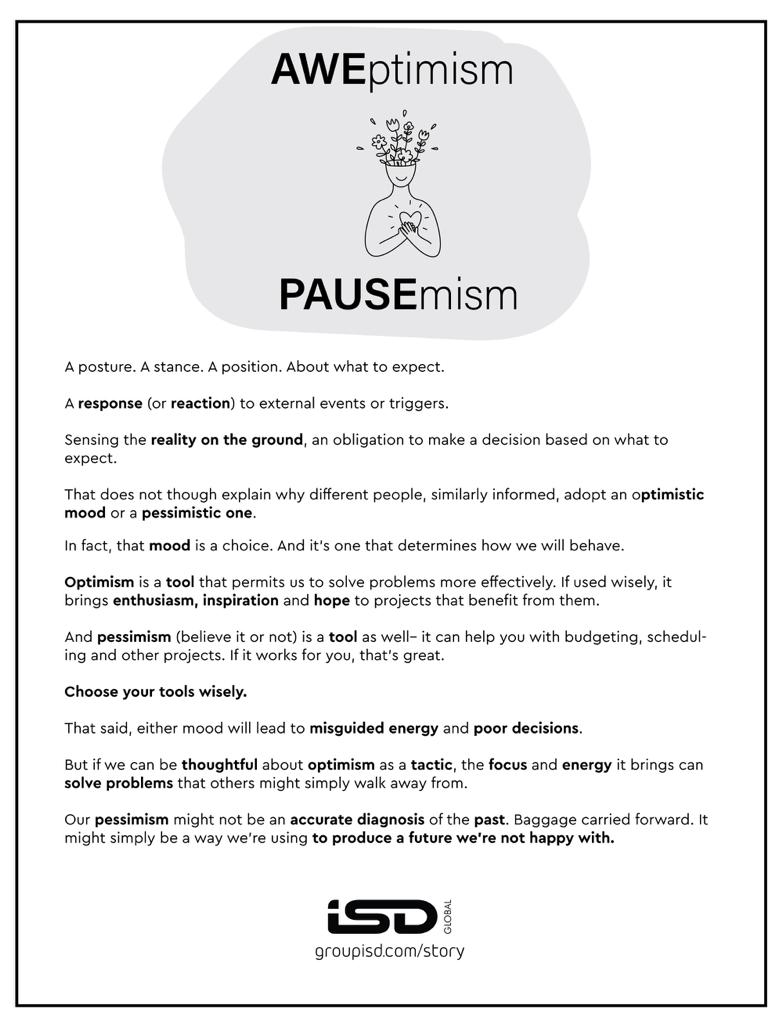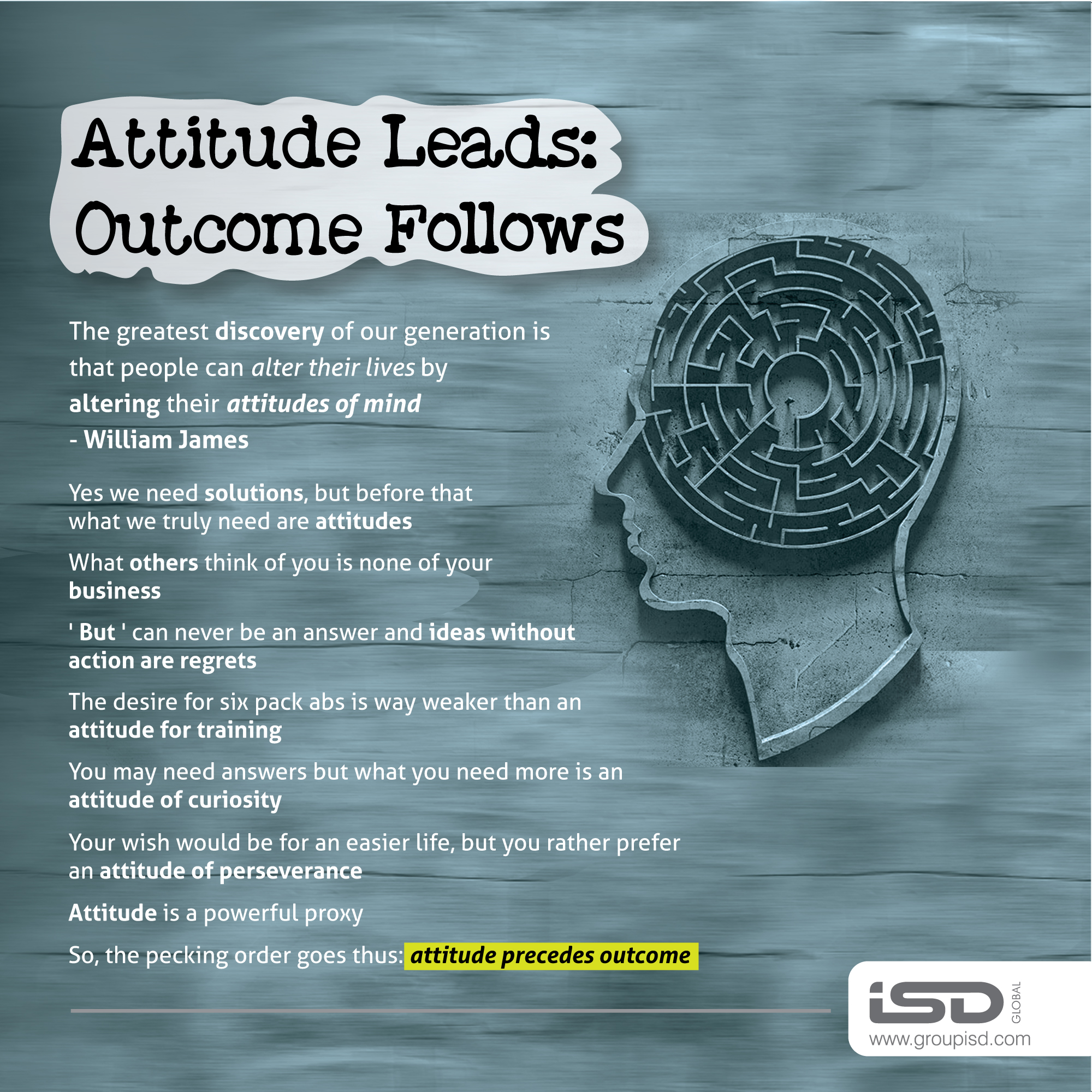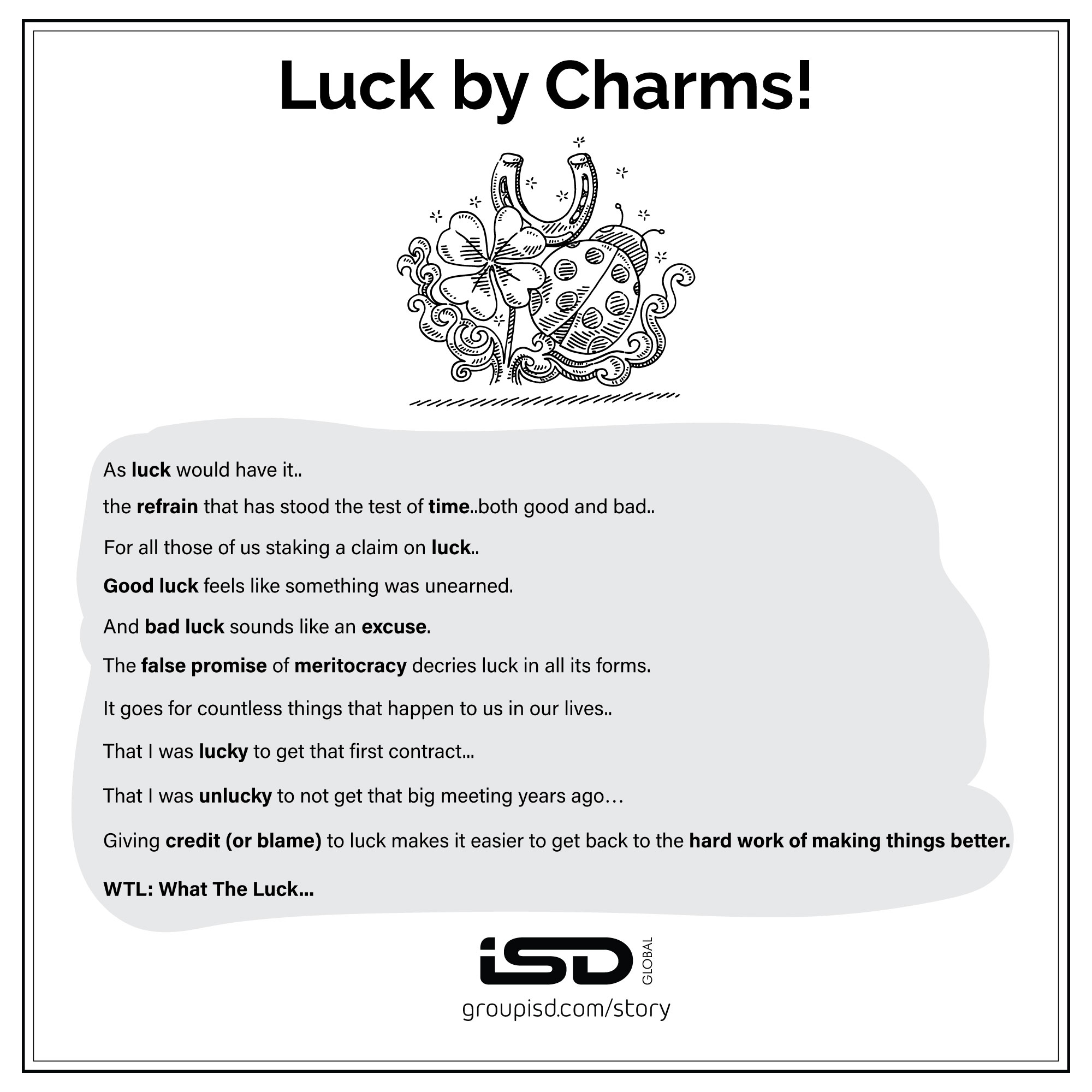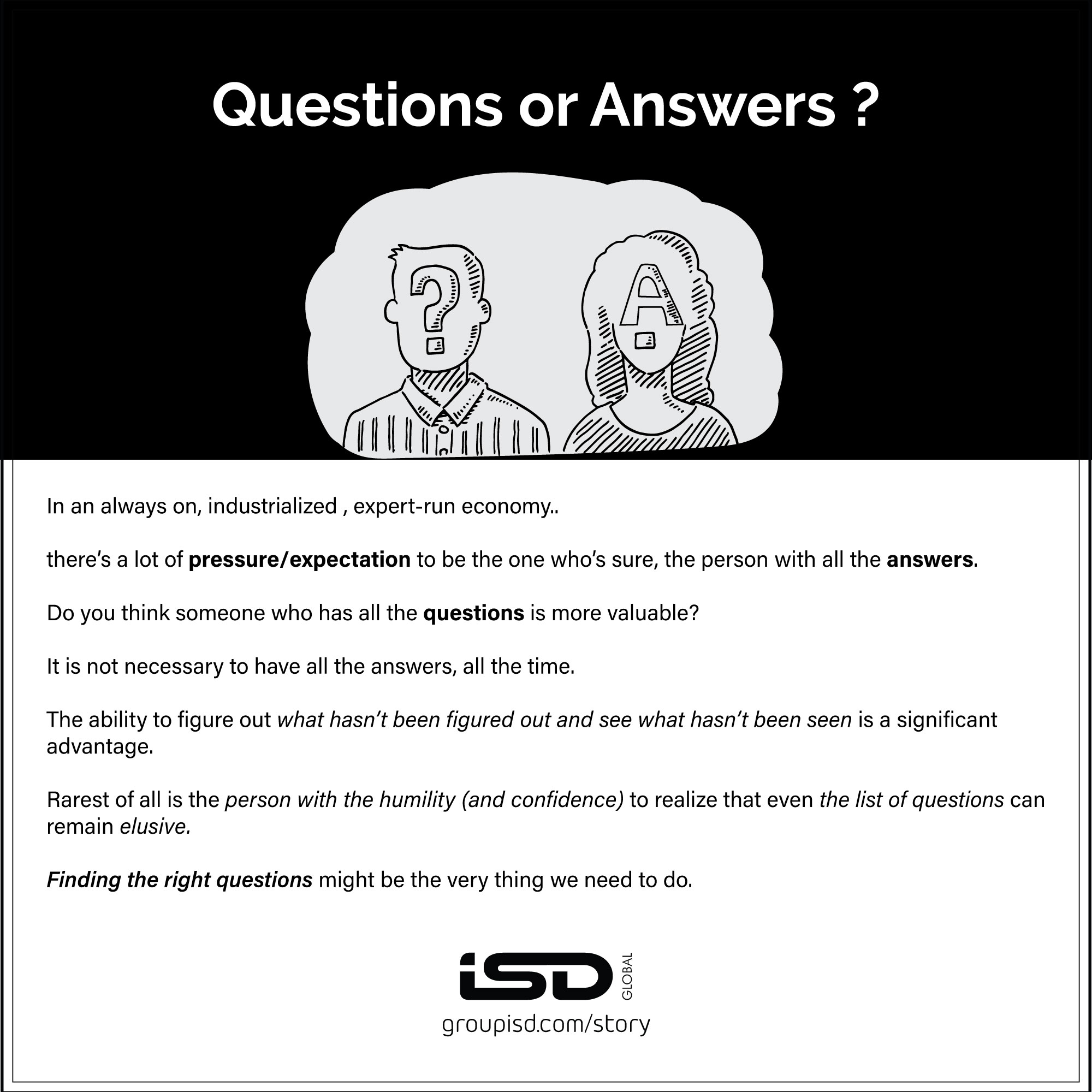Though phonetically the OPO in the above caption does sound like the name of a mobile phone, do take that call at your own risk.
It’s easy to get curious about what OPO can be. There are various expansions in slang, business , medicine and everyday life.
OPO in business can translate to Optimum Positioning Opportunity, in the sense it becomes almost a competitive advantage.
OPO in the world of medicine could be Organ Procurement Organization.
OPO could also stand for Open Procurement Order.
And in everyday slang, OPO is simply Other People’s Opinions. And do people have them????
The above out of the way, let’s get down to what I am driving at.

In our case, the pecking order of OPO reads somewhat like this: Optimism to begin with, bring on the pessimism in the middle to moderate and ascertain and go back to optimism late in the piece.
Often times we ourselves get in the way of getting something started. That is where optimism comes in, as without that, the journey to something new, something better and the world of multiple possibilities wouldn’t come about. Believing in what you are about to do does not guarantee success, but a lack of belief can surely prevent it.
Once we hit the road, open the bag of pessimism, that bag which contains questions. Play devil’s advocate. Dig holes. Use the fine tooth comb. Evaluate. Is it misplaced enthusiasm? Raise the bar. Hold yourself accountable. Let the jury be out(standing)!
The above accomplished, call your friend back. Suggest you keep it on speed dial. Optimism. Look at progress not just outcomes. And progress requires the courage to move ahead despite the inevitable obstacles and speed breakers. To quote Ryan Holiday‘s book title ” The Obstacle Is The Way “. Perfection is an illusion. Showing up and shipping out is not. Iterations can happen. Enhancements and making things better will follow.
Optimism is a tool that, if used wisely, it brings enthusiasm, inspiration and hope to projects that benefit from them.
And pessimism is a tool as well–it can help you with budgeting, scheduling and other projects. If it works for you, that’s great.
It’s not that optimism solves all of life’s problems; it is just that it can sometimes make the difference between coping and collapsing. Optimism is a force multiplier.
” Pessimists are usually right and optimists are usually wrong but all the great changes have been accomplished by optimists “- Thomas Friedman.
ENDS



